Will somebody please help me to understand what is role of Miller plateau region in switching of MOSFETs?
-
You may want to use more words than that to help us understand what it is you don't understand. One sentence is rather minimal, don't you think? Shoot, maybe even include a graph or something. – Bort Jun 28 '17 at 15:39
-
A good thought out question will generate good answers, this is not very well thought out. – Voltage Spike Jun 28 '17 at 15:52
1 Answers
MOSFETS have several regions of operation
(1) off, where Vgate_source ~~ zero
(2) on, where Vgate_source ~~ 5 volts or 10 volts
(3) building charge in the gate, as the FET channel charge builds up with opposite polarity inside the region between source and drain
(4) opposite of (3)
During 3 and 4, the input (gate) voltage is minimally changing because the input gate voltage requires lots of charge AND the gate-drain capacitance also requires lots of charge. Unless the provider of that charge is powerful, the oscilloscope shows a plateau.
Where is the charge going? View the FET as an amplifier, perhaps with gain of 10. Thus one volt deltaV on gate produces 10 volts (in opposite direction) on drain. As the gate is charged up (in Nchannel), the drain is moving oppositely and demanding another 10X charge bundle into that gate-drain capacitance.
Unless the gate driver has enormous current ability, there is a hesitation.

simulate this circuit – Schematic created using CircuitLab
In first region, the input pulse charges 2nF + 1nF (the drain remains constant at 50 volts).
In 2nd region, the input pulse charges 2nF + 1nF * (1 + 10) = 13nF, thus slope is 4X slower. With gain of 10 assumed, 1 volt deltaVgate produces 10 volts deltaVdrain in the opposite direction; result is C_gate_drain demands the charge of 11X larger capacitor.
In 3rd region, the input charges 2nF + 1nF.
- 33,703
- 2
- 18
- 46
-
2
-
3I hate when people downvote with no explanation. I upvoted you to get you back up to zero. If someone has an idea to improve the answer, I hope they will explain it in a comment instead of doing a "driveby downvote." – user57037 Jun 28 '17 at 20:00
-
1None of the 3 answers in the "existing answer" mention the Miller Multiplication effect. – analogsystemsrf Jun 29 '17 at 04:04
-
Downvoting because this answer does not mention drain current nor \$V_{DS}\$ vs \$I_D\$ characteristic curves, which are essential to understanding Miller plateau. – Math Keeps Me Busy Aug 28 '23 at 00:10